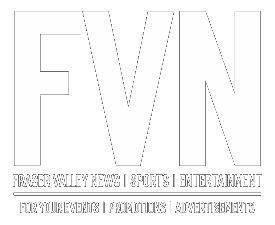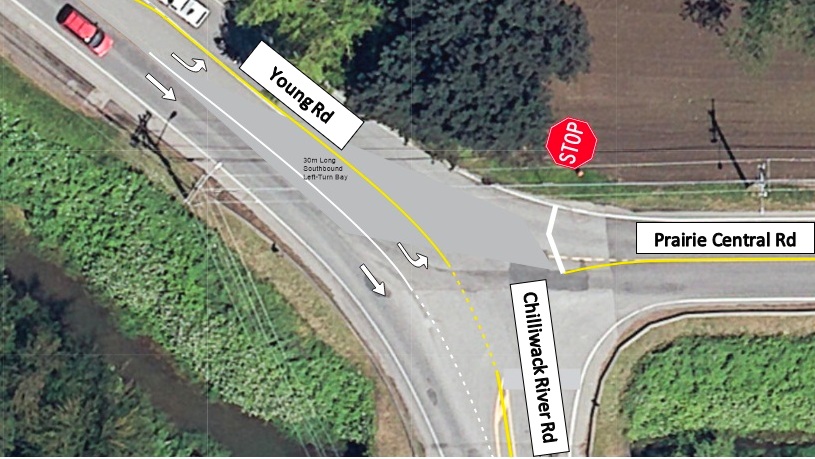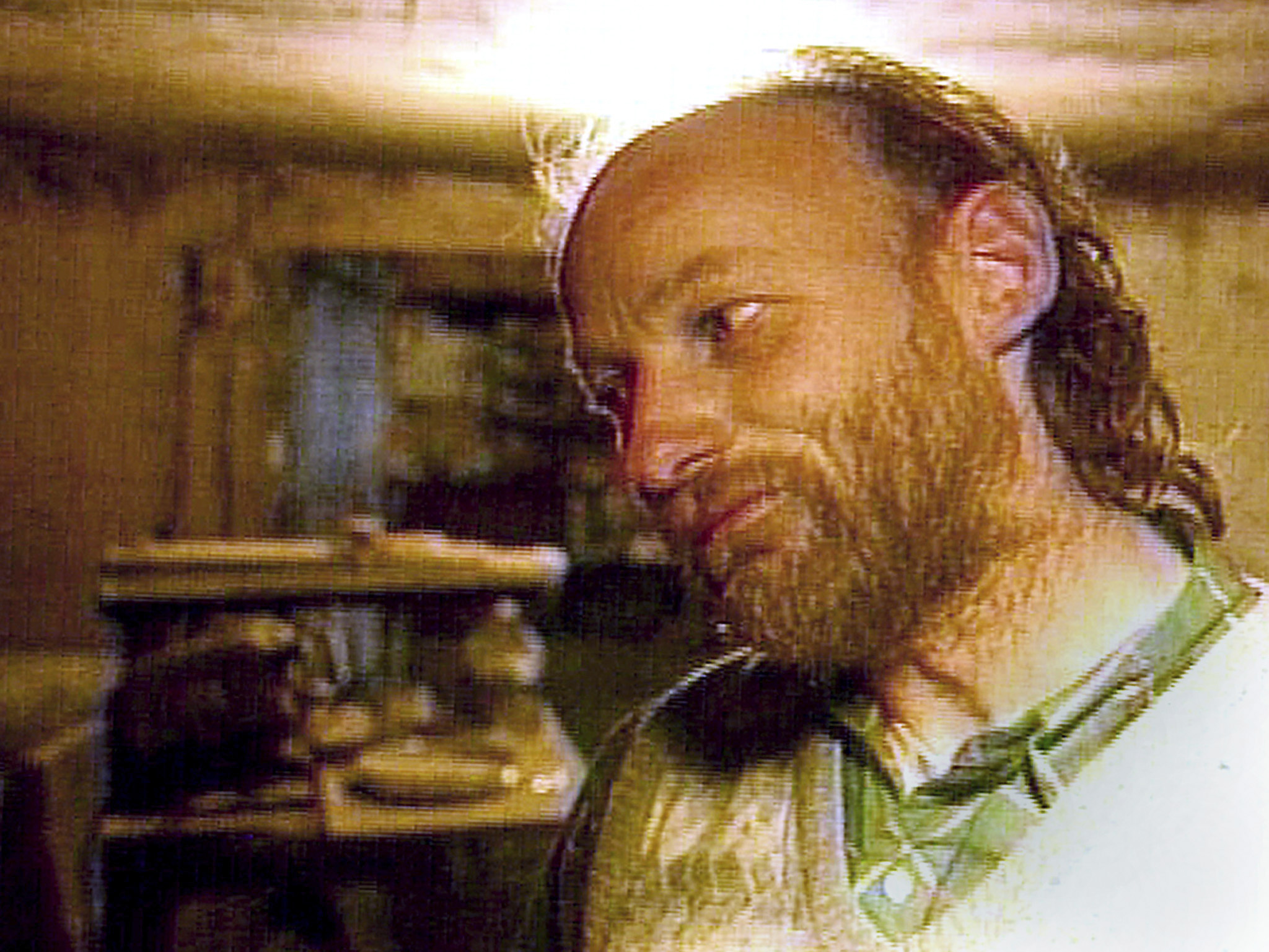Fraser Valley – The Fraser River Tidal Marsh Clean-up crew has removed 45 tonnes of garbage over three seasons, consistently blowing through its own projections.
“Every time we add up how much trash and debris we have removed from the edge of the river and estuary islands, we double our goals for the next season,” said project lead Haiden McDonald, BCWF Fish Habitat Restoration Coordinator.
That’s both good news and bad news.
The good news is that our field crews, volunteers, and partners have been phenomenally successful at removing trash that harms fish and bird habitat and chokes natural vegetation.
The bad news is that the volume of debris – including plastic trash, crabbing and fishing gear, boat parts, bottles, Styrofoam, shoes and tires – is consistently greater than expected.
“There’s an endless supply of debris coming down the river,” said McDonald. “We are making a huge immediate impact on the environment, but we’re playing what feels like a huge game of catch-up from all the debris coming downstream.”
About 80 per cent of the estuary in the lower Fraser River has been lost to industry and development. The BCWF is determined to conserve and protect what remains.
The collaboration between the B.C. Wildlife Federation, the Tsawwassen First Nation and the South Coast Conservation Land Management Program was projected to pull 15 tonnes of garbage from the shorelines, marshes, and tiny islands in the lower Fraser River before the end of 2025. At this point, the project has already massively exceeded its goals by about 30 tonnes and cleaned up a staggering 350 hectares of estuary.
“Our crews have laid a solid foundation to continue and expand the project,” said McDonald. “We have applied for additional funding and will continue the cleanup in the spring of 2025 and 2026. We can now expand the scope of the project to remove contaminated wood in the marsh. We will also be targeting areas of high wood density that are smothering the marsh.”
Mad Props Marine managers Jeremy and Kaileb provided equipment needed to recover debris in wildlife management areas that are only accessible by boat.
“We wanted to focus on areas that are accessible by boat as they get less attention from groups that do beach cleanups,” said McDonald. “The volume of debris we are finding in those areas, including several sunken boats, suggests they are the most in need of our efforts.”
Two Guys Disposal supplied bins for debris storage and managed the sorting and disposal of the collected garbage once the bins were filled, which streamlined the cleanup process, allowing the team to focus on the task at hand without worrying about waste management logistics.
Depending on the location, the buildup and types of debris are quite variable. Tidal marshes are a dropping point for floating debris. When tides rise, the debris moves in, when tides fall, the debris gets dropped in the riparian area, where it damages vegetation and fish rearing habitat.
“A lot of the volunteers are people from neighborhoods close to the river who just assumed that the area would always be littered with garbage,” said McDonald. “After taking part in the cleanup, they really started to see the estuary in a new light, as a place they can and should care for.”
In addition to garbage removal, the Fraser River Tidal Marsh Clean-up crew partnered with Friends of Semiahmoo Bay and Fisheries and Oceans Canada to survey for invasive European Green crab.
South Coast Conservation Land Management Program is a formal partnership between Ducks Unlimited Canada; the Nature Trust of British Columbia; the Province of BC’s Ministry of Water, Land and Resource Stewardship; and the Canadian Wildlife Service of Environment and Climate Change Canada. Additional project partners include the City of Delta and Metro Vancouver.
The B.C. Wildlife Federation is British Columbia’s leading conservation organization. As a province-wide member-driven charitable organization, with over 41,000 members and more than 100 member clubs, our organization represents the interests of all British Columbians who aim to protect, enhance and promote the wise use of the environment for the benefit of present and future generations.
BY THE NUMBERS: DEBRIS REMOVED
Phase 1
Summer 2021: 9,530 kg
Phase 2
Fall 2023: 12,870 kg
Spring 2024: 22,780 kg
Total Debris Removed (2021-2024): 44,780 kg






